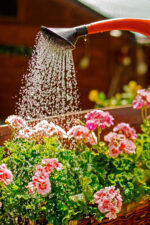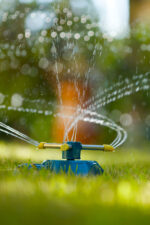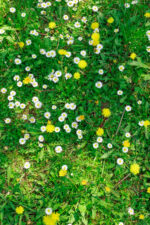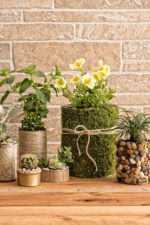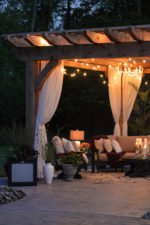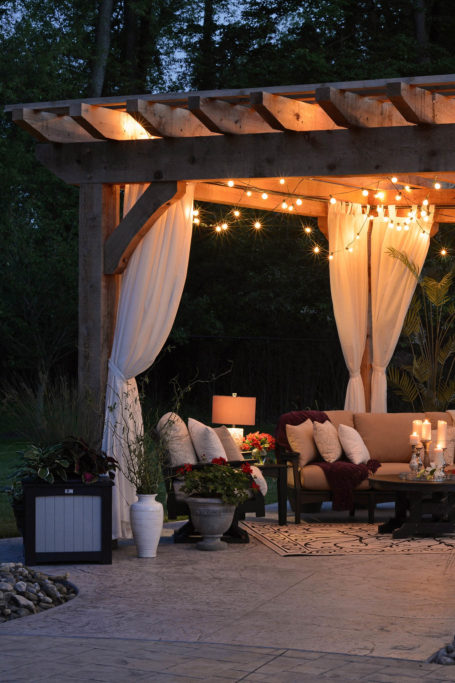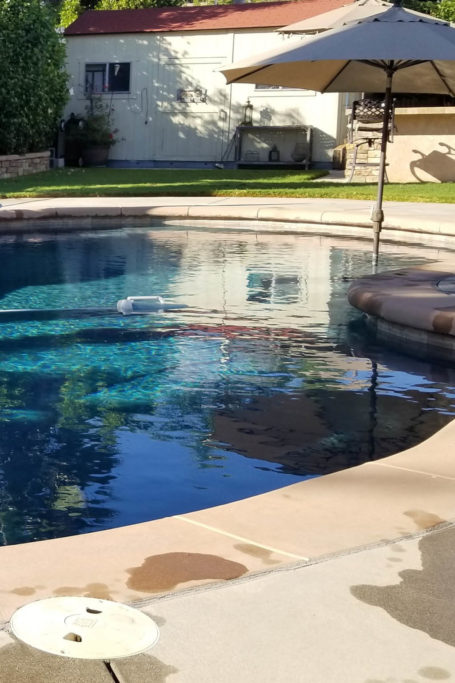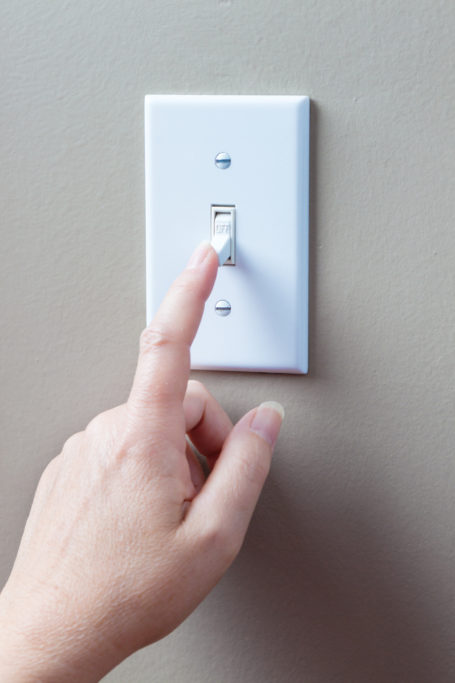Landscape like a Pro
Every homeowner has the same curb-appeal wishes for their property, with a core element for many being a lush yard.
However, hiring a landscaper isn’t always financially feasible, especially if extensive work is needed to spruce up, well, your spruces and other plant life. Luckily, with just a few simple steps, you can improve your outdoor area all on your own.

Do an assessment
Start as any landscaper would: by analyzing the conditions on your property and in your region. Regarding the former, purchase a soil test kit to get a better idea of how much water and nutrients your greenery needs to thrive. For example, if your soil is rich in clay, you might need to place compost over top or mix it in for grass and plants to grow. Likewise, you’ll want to determine where your locale falls on the USDA’s Plant Hardiness Zone map, which will indicate its typical coldest temperatures. Look for this number on a plant’s tag to ensure that it can withstand your climate.
In addition, establish your goals before doing any work. Are you aiming to do a complete makeover or just specific changes here and there? Do you want your yard to display your tastes, or are you improving it for the sake of selling? The answers to such questions are key to deciding what direction you take.
Keep it neat
There are many ways you can go about your landscaping, but a good general rule of thumb is to strike a balance between doing too much and not doing enough. Flooding your garden beds with plants or adding ones that are too large, for instance, can create an eyesore. Conversely, installing a simple water feature or a walkway with strategic lighting might be an ideal way to accentuate your home and its lush exterior.
Also, giving your yard clean edges can make a world of difference—nothing says neatness like crisp lines, as modern interior design can attest to. Simply take a flat-end shovel to the edge of your garden bed, digging a four-inch-deep and few-inch-wide trough that’s straight up on the grass side and slightly graded (around 45 degrees) on the bed side. Clean out the dug-up dirt, trim any overhanging grass with a string trimmer or dedicated edger, and add some mulch, and you’ll be amazed at just how professional your edging looks. (Use the same technique—with a much narrower trough and no mulch—with your walkways.)

This outside the box
Speaking of garden beds, here’s another landscaping point to mull over: even though you may frequently see them abutting houses, there’s no rule that says yours must do so. Instead, consider creating a dedicated planting area away from your home, which would serve as an eye-catching standalone feature in your yard. Finally, don’t neglect to mix in year-round plants with the often more exciting seasonal ones in your yard or garden. If it were a recipe, perennials like mums and ferns would be your base ingredients and annuals such as begonias and petunias the add-ins that provide extra flavor. This combination will help make your yard look robust and striking no matter the time of year. Just remember to read each plant’s care tag to ensure that your soil and hardiness zone match its needs and that you know how to nurture it for maximum growth.
These starter tips can help put you on the path toward a more stylish lawn and garden. That said, if you run into any hiccups along the way or simply decide that your thumb isn’t very green, hiring a local landscaping pro is always a sound option.

